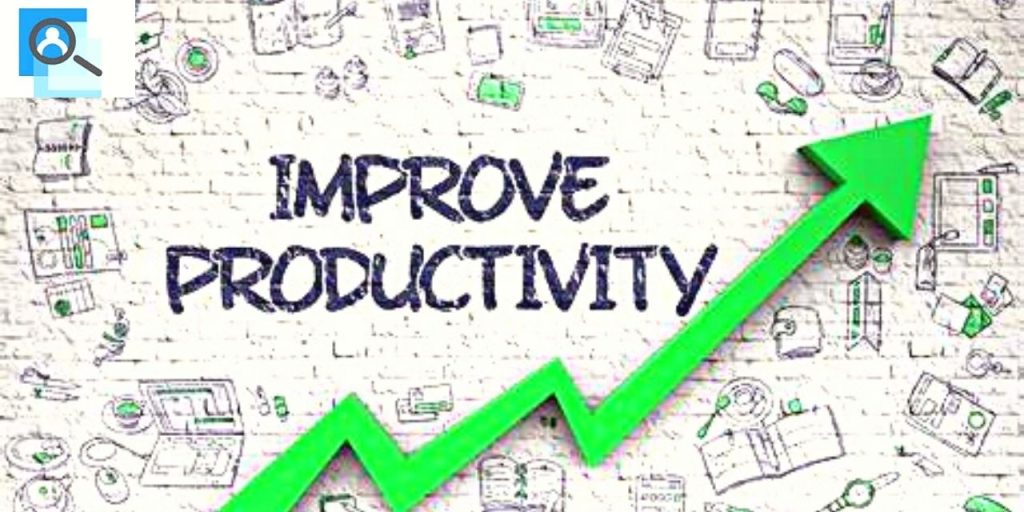Time is one of the most valuable resources we have. It’s important to utilize it effectively in order to achieve our goals, be productive, and maintain a healthy work-life balance. One way to ensure that you’re making the most of your time is by tracking it. Time tracking allows you to see where your time is being spent, identify areas for improvement, and make adjustments to be more efficient. In this article, we’ll explore how you can track your time effectively to maximize your productivity.
1. Choose the Right Time Tracking Tool
There are many time tracking tools available, ranging from simple spreadsheets to sophisticated apps. The key is to choose a tool that works best for you and fits your needs. Some popular time tracking tools include Toggl, Harvest, and RescueTime. These tools offer features such as the ability to track time by project, generate reports, and set reminders.
When selecting a time tracking tool, consider factors such as ease of use, compatibility with your devices, and the ability to customize it to your workflow. It’s also important to choose a tool that integrates well with other tools you use, such as project management software and calendars.
2. Set Clear Goals and Priorities
Before you start tracking your time, it’s important to have a clear understanding of your goals and priorities. What do you want to accomplish with your time? What tasks are most important to you? By setting clear goals and priorities, you can allocate your time effectively and ensure that you’re spending it on activities that align with your objectives.
One helpful strategy is to create a daily or weekly schedule outlining your tasks and goals. This will give you a roadmap to follow and help you stay on track. You can also use tools such as the Eisenhower Matrix to prioritize your tasks based on urgency and importance.
3. Track Your Time Consistently
Consistency is key when it comes to time tracking. Make it a habit to track your time consistently, whether it’s on a daily, weekly, or monthly basis. This will allow you to see trends over time and make more informed decisions about how to manage your time.
To make time tracking easier, consider setting reminders or using automated tracking features in your time tracking tool. This will help you stay on top of your time tracking and ensure that you’re capturing all your activities accurately.
4. Categorize Your Activities
To get a clearer picture of how you’re spending your time, categorize your activities into different groups. This could include categories such as work tasks, personal errands, exercise, and leisure activities. By categorizing your activities, you can see where your time is being spent and identify any areas where you may be wasting time.
You can also create subcategories within each group to further refine your time tracking. For example, within the work tasks category, you could have subcategories for client meetings, emails, and project work. This level of detail will give you a more detailed view of how your time is being used.
5. Analyze Your Time Tracking Data
Once you’ve tracked your time consistently and categorized your activities, it’s time to analyze your data. Look for patterns, trends, and areas where you can make improvements. Are you spending too much time on non-essential tasks? Are there activities that can be delegated or automated? By analyzing your time tracking data, you can identify areas for optimization and make changes to be more efficient.
One useful technique is to perform a time audit, where you review your time tracking data over a specific period (e.g., a week or a month). This will give you a comprehensive view of your time usage and help you make informed decisions about how to manage your time going forward.
6. Make Adjustments as Needed
Tracking your time is not a one-time activity; it’s an ongoing process that requires continuous adjustments. As you analyze your time tracking data and identify areas for improvement, make adjustments to your schedule and workflows accordingly. This could involve reallocating your time to more important tasks, setting boundaries to protect your time, or implementing time management techniques such as the Pomodoro Technique.
It’s also important to be flexible and willing to adapt to changes in your schedule or priorities. Life is unpredictable, and unexpected events may arise that require you to adjust your plans. By being proactive and adaptable, you can ensure that you’re making the most of your time.
In conclusion, tracking your time effectively is a powerful tool for improving your productivity, achieving your goals, and maintaining a healthy work-life balance. By choosing the right time tracking tool, setting clear goals and priorities, tracking your time consistently, categorizing your activities, analyzing your data, and making adjustments as needed, you can take control of your time and make the most of it. Remember that time is a finite resource, so it’s important to use it wisely. Start tracking your time today and see how it can transform your productivity.

